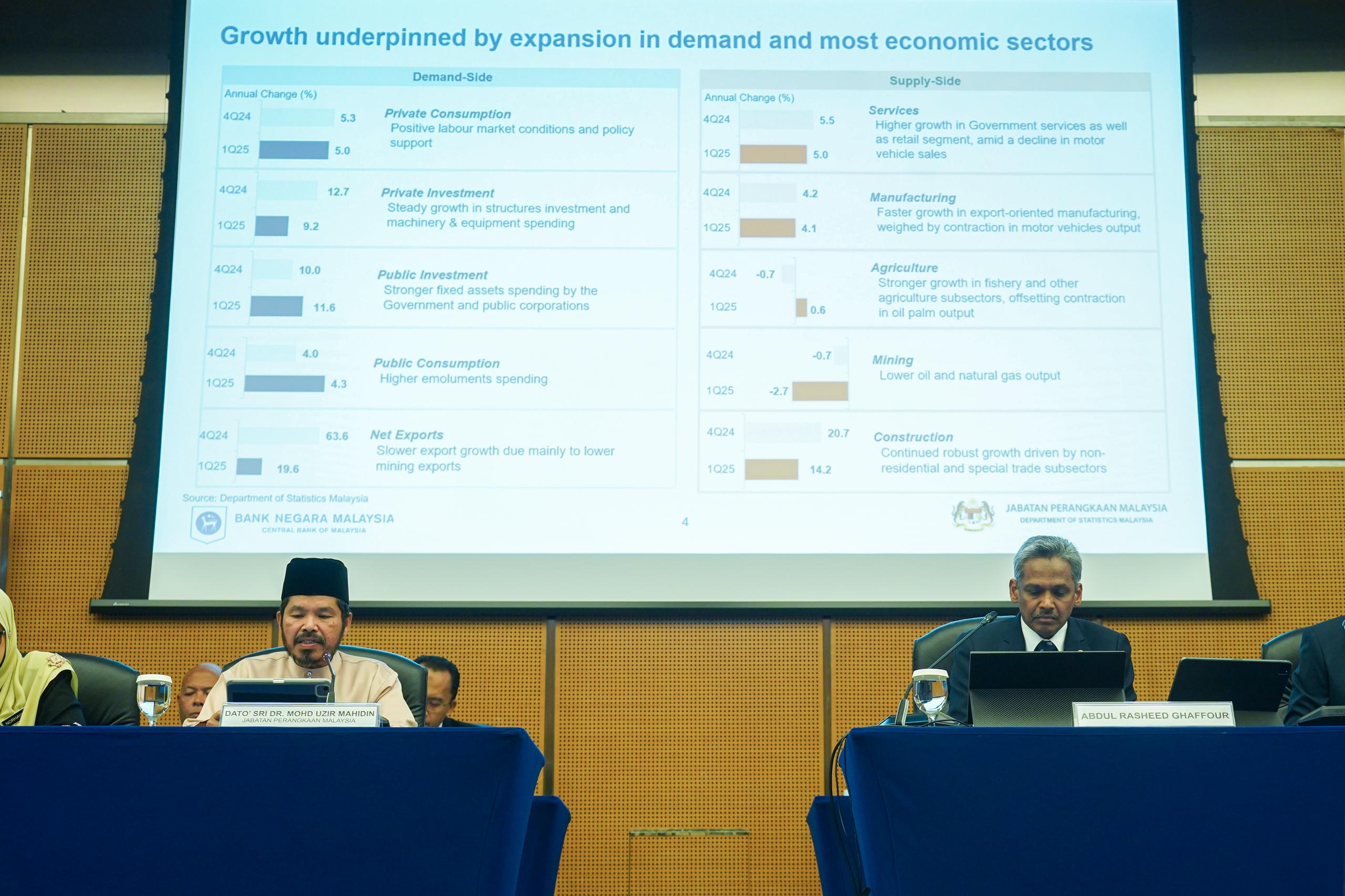Despite this, the UK’s employment picture has been politically cautious. Payroll figures plummeted across the board in this first quarter of the year. According to DOL’s own reports, the deficit in the first three months of 2023 has saw payroll workers on payrolls drop by a net 53,000 workers. Early estimates for April are already pointing to another drop of 33,000 in payroll employment. That’s a warning sign for longer-term prospects for job growth across the country.
Unemployment Rate and Payroll Decline
The most recent statistics indicate that the unemployment rate has increased to 4.5% for January to March 2020. This is an uptick from last year’s rate of 4.4%. Now the unemployment rate is starting to tick back up. This, together with a drop in the number on payroll, paints a troubling picture about the current health of the UK labor market.
Sustained wage growth Regular earnings are booming, surging at an annualized rate of 5.6% in the first quarter. This is great news even as overall employment has decreased. Yet even this positive growth might not be enough to make up for the negative effects of evaporating job opportunities.
Ruth Gregory, deputy chief UK economist at Capital Economics, said it was likely to be the first step for a much bigger move. As she noted, this softening labor market could be a business response. Maybe they’re just spooked by the business taxes that keep going up and the minimum wage that keeps going up.
“The further softening in employment in April suggests businesses continued to respond to the rise in business taxes and the minimum wage by reducing headcount.” – Ruth Gregory
Gregory pointed out that sustained high wage growth would put the Bank of England in a difficult position. This should prevent them from getting too hawkish on inflationary developments in the medium term.
“Sticky wage growth may mean the Bank remains uneasy about inflationary pressures in the near term,” – Ruth Gregory
The Impact of Business Taxes and Cost-of-Living Increases
She emphasized how all of these combined to make a very challenging economic climate. The central bank’s interest rate missteps have been paying a visit to America’s unsuspecting drivers.
“As a result, the ‘gradual’ interest rate cutting path will remain the balancing act.” – Ruth Gregory
These are extraordinarily difficult economic times for the business community. It’ll be telling to see what they do with their workforce strategies in the future. This one-two punch of rising taxes and cost-of-living increases is still hitting employers—and employees—hard across this great state.
What The Author Thinks
Rising business taxes and cost-of-living increases are creating a perfect storm for both employers and employees in the UK. The workforce is shrinking, and despite wage growth, the pressure on businesses to adapt to these economic changes is intensifying. A combination of high wages and political missteps from the Bank of England could leave the UK economy in a very precarious position moving forward.









